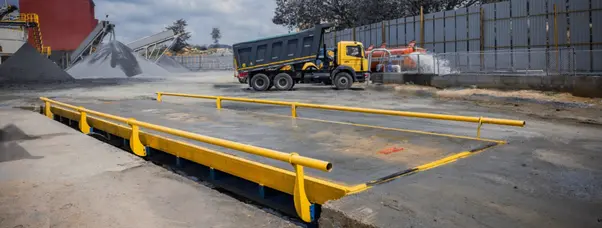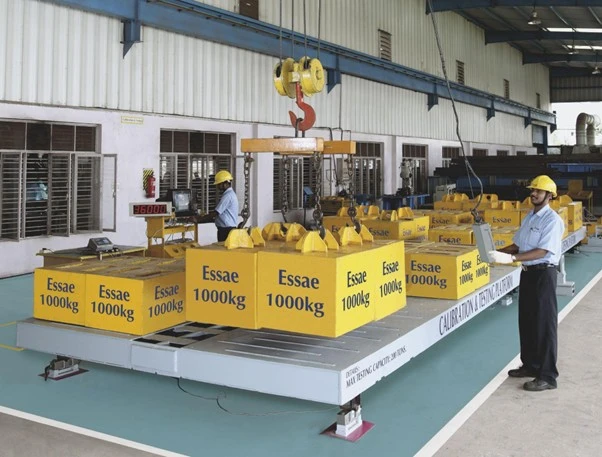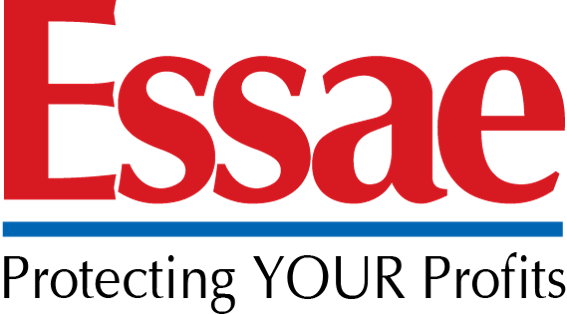Thinking About a Weighbridge? Here’s What 17,000+ Installs Have Taught Us About Getting It Right
- July 2025
- Thinking About a Weighbridge? Here’s What 17,000+ Installs Have Taught Us About Getting It Right
Various industries use weighbridges for precise weight measurements. The global market for weighbridges is expected to increase from US $3.36 bn in 2024 to US $6.29 bn in 2034, according to a study by Market Research Future (MRFR).
Source: Market Research Future (MRFR).
Essae Digitronics had been riding the wave of growth in the weighbridge industry in India as well as globally since 1996, with over 17000 installations uniquely positioned to help industry with the right selection of weighbridges or scales as well as its maintenance.
To get the best weighing results from weighbridge installations, it is important to follow some basic guidelines for the selection of weighbridges, upkeep, and maintenance.
Choice of Weighbridge
Weighbridges are available in various sizes and dimensions. They may be broadly classified into steel weighbridges, concrete weighbridges, portable weighbridges, and more. In terms of installation, both pitless and pit-type weighbridges may be chosen according to the requirements of the enterprise and space availability.
Concrete weighbridges have exceptional stability and resilience against the impact of truck loads. It is protected against corrosion and contaminated surroundings. To explore their suitability, see our blog posts on the Pros and Cons of Concrete Weighbridges.
On the other hand, Essae steel weighbridges are easier to install with simple foundations, fast bolt-down sitting, and innovative box construction.

Calibration

To ensure weighing accuracy, weighbridges have to be calibrated periodically. Essae Digitronics weighbridges are pre-calibrated at the factory before installation to get the accurate weight measurements. To comply with the Legal Metrology Act 2009 and Metrology (General) Rules 2011, it is important to do regular calibration on weighbridges. It helps prevent legal penalties and loss of trust among stakeholders. Calibration involves testing the weighbridge against known weights and correcting the errors. Ideally, the weighbridges must be calibrated every 12 months or after shifting or any modifications done to the system. It must be done by trained technicians who follow the proper procedure using certified calibration weights. For audit purposes and compliance, it is important to keep a log of adjustments made and final calibration readings.
Several research studies have pointed out the importance of calibrating weighbridges for accuracy in weighing in industries such as logistics, mining, and agriculture.
Materials and Technology
The performance of the weighbridge depends on the materials and technology used in its manufacture. Essae Digitronics weighbridges use superior quality steel that is anti-corrosive and modular in design. This system makes it easier to install, dismantle, and transport. Load cells have to be protected from transient surges caused by lightning.
Digital Display
Digital displays or indicators are the right choice for weighbridges, as they prevent manual entry errors and help in the storage, processing, and retrieval of records for inventory and data management. Ethernet and networking interfaces help the enterprise seamlessly connect with the ERP systems.
Essae Digitronics, with over 17,000 installations, is uniquely positioned to provide weighbridges and solutions to industries including logistics, transportation, construction, mining, agriculture, chemicals, and others. Get in touch with us at www.essaedig.com to help you with our weighbridge solutions and maintenance.



